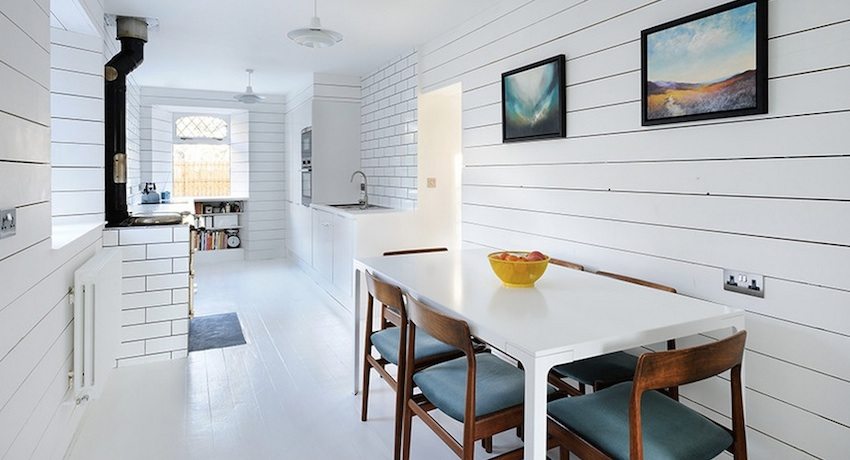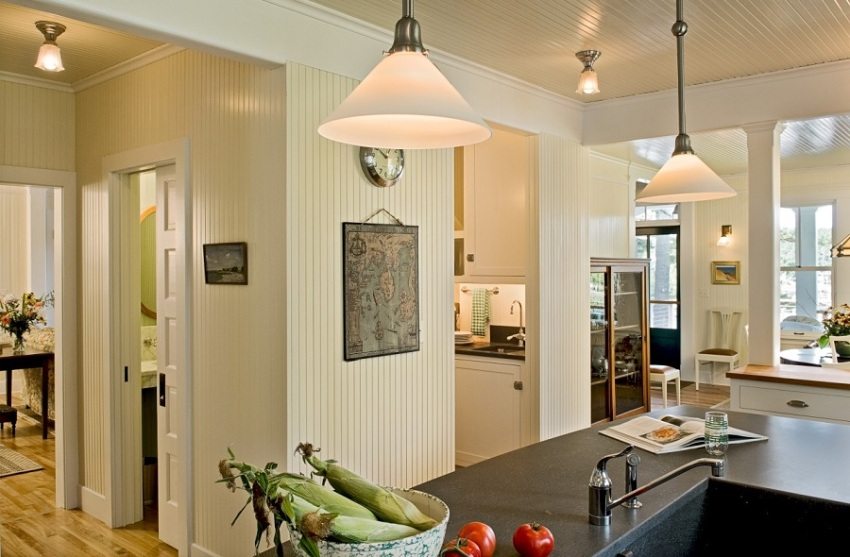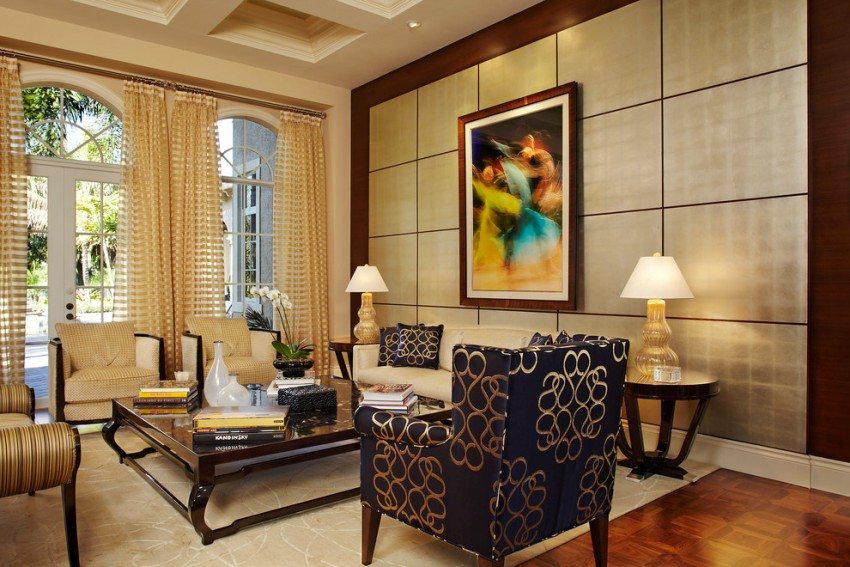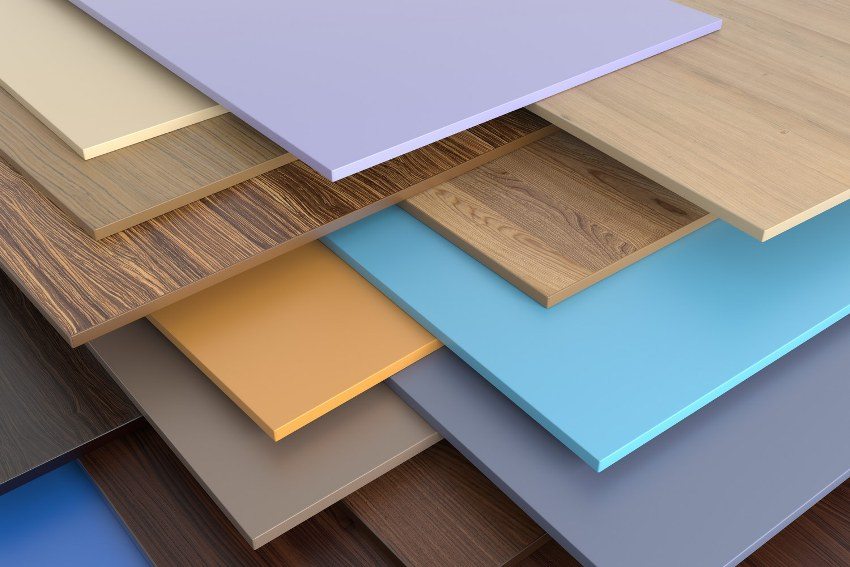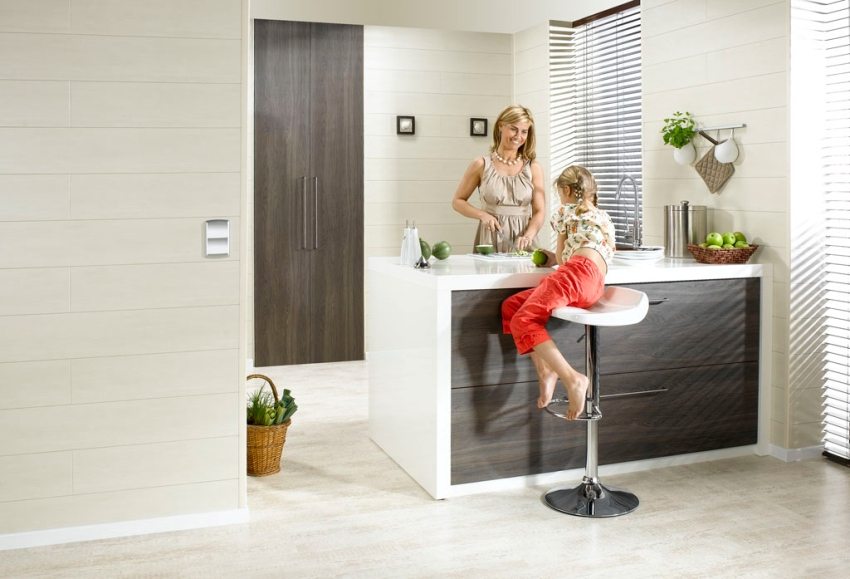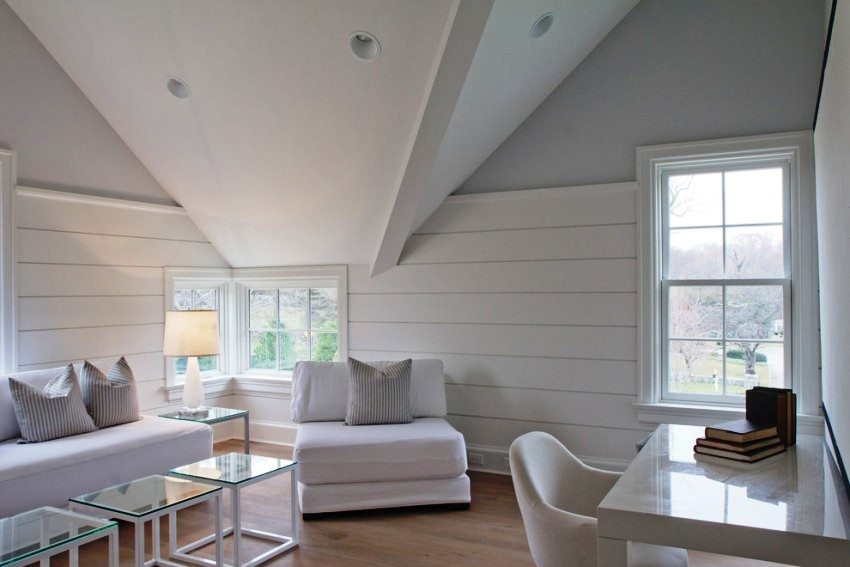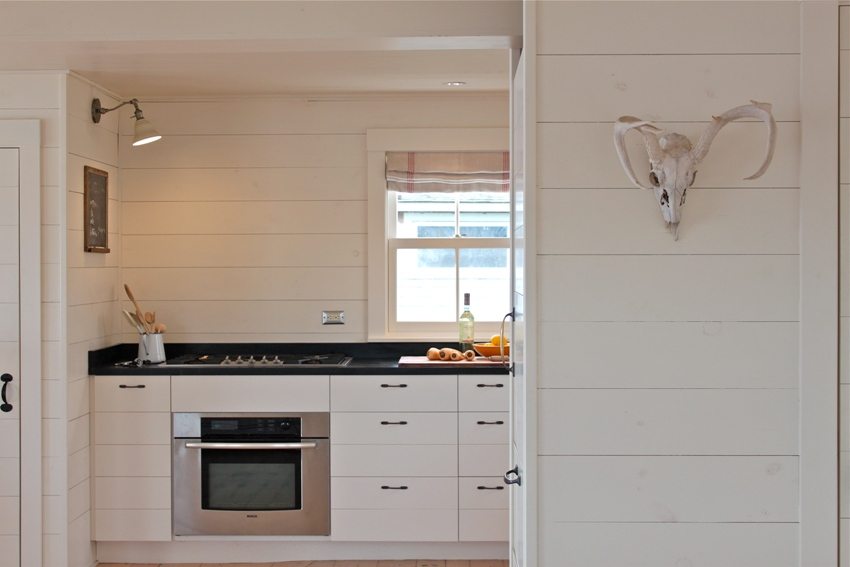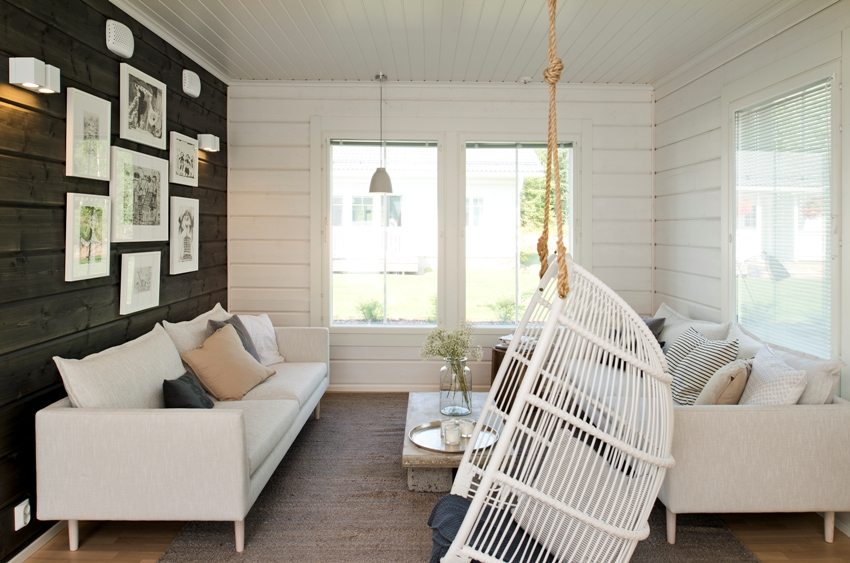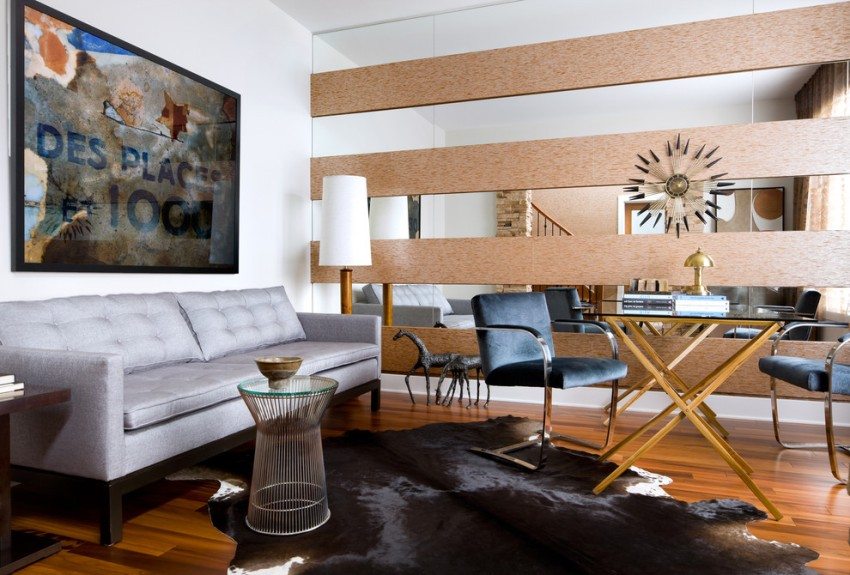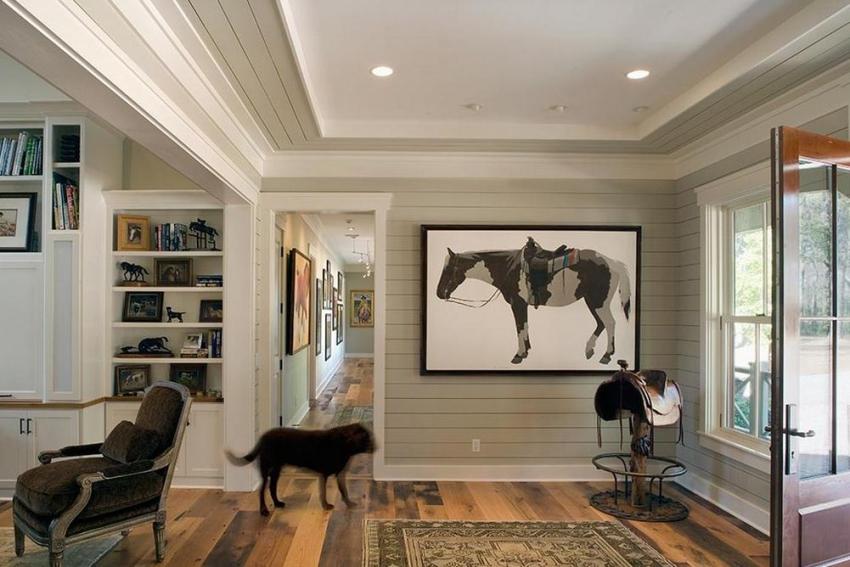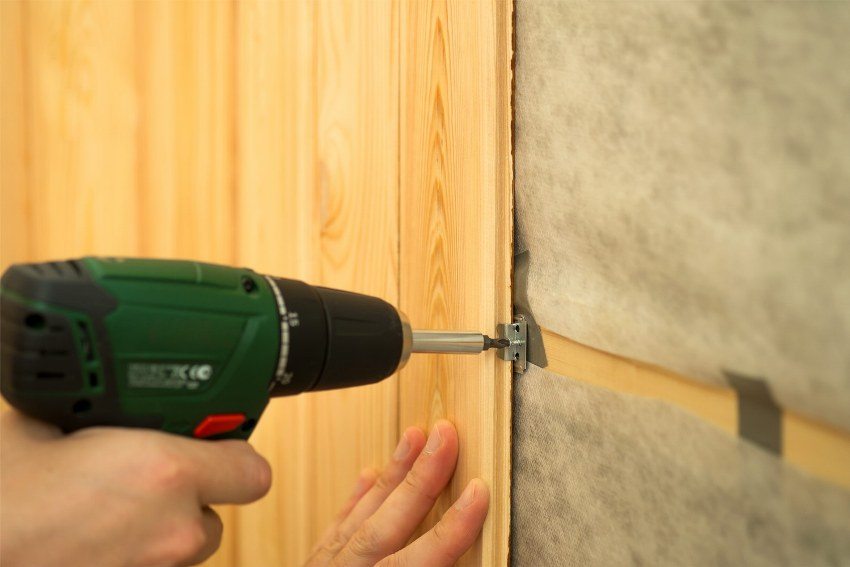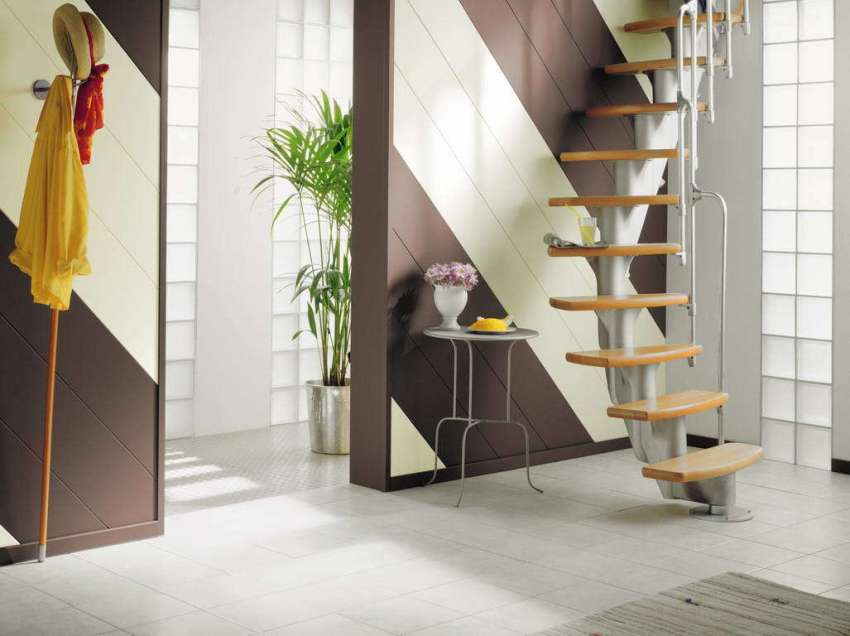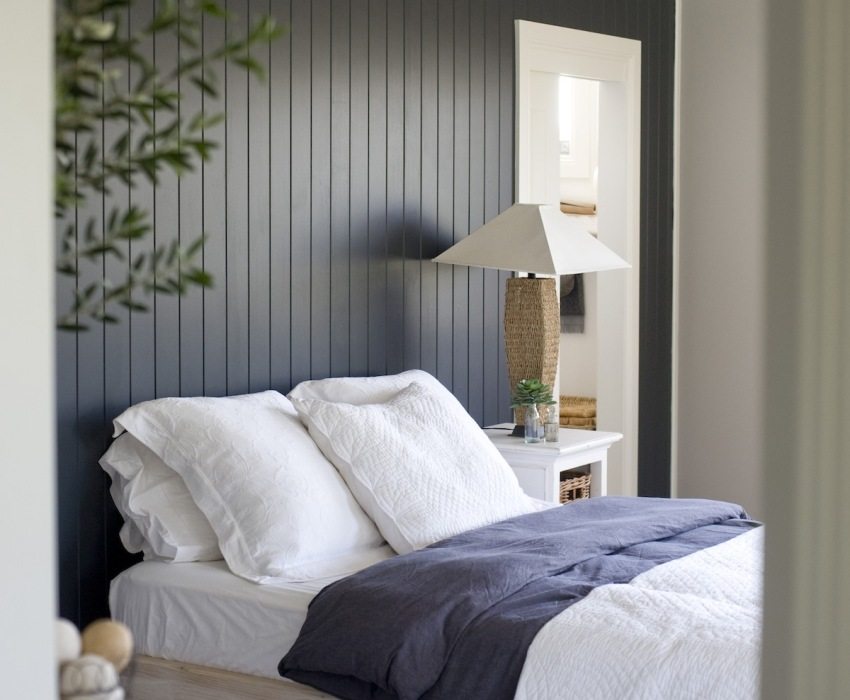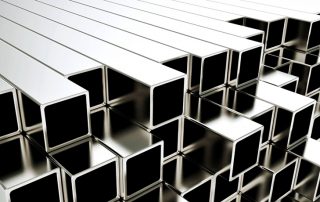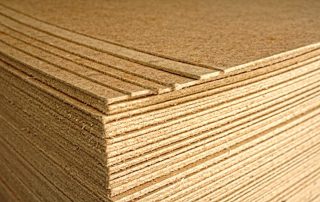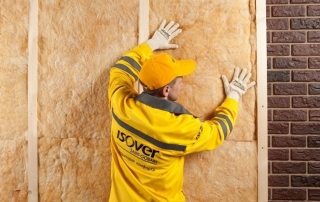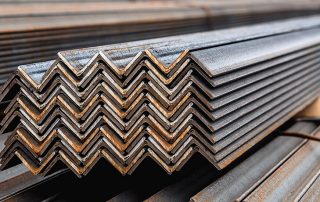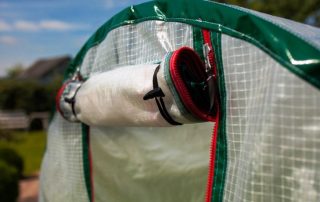Plastic panels for walls: photos, types and methods of installation of this finishing material, must be studied by every owner who wants to use it in the production of construction or repair work in his home. Plastic wall panels can be found in many residential and public spaces. This is a very convenient and cheap finishing material that allows for inexpensive and high-quality repairs.
Content [Hide]
Plastic panels for walls: photos of various types
In appearance, plastic wall panels are divided into: mirror, laminated and decorative. They all differ greatly in color and texture. The drawing may resemble white brick, stone, wood or a panel with any image. Three completely different types are distinguished in form:
- lath plastic panels for walls. They resemble wooden lining. They are attached to the wall horizontally or vertically on staples previously fixed on it. These panels are 90 cm to 3 m long, 13.5 to 30 cm wide and 8 to 12 mm thick. The rails are fastened to each other using a thorn-groove lock connection;
- sheet wall panels represent a sheet Fiberboard with a pattern printed on one side. They are glued to the wall or nailed. The joints are hidden under the rail or rubbed with a sealant. The size of such panels is 1.22 - 2.44 m on the long side, and the thickness is 3 - 6 mm. They do not belong to plastic, but their decorative layer may have a polymer coating.
Helpful advice! Fastening rack and pinion plastic panels for walls vertically gives the room a taller appearance. The horizontal arrangement visually lowers the ceiling and expands the wall. Knowing this effect, you can competently organize the space inside the room.
Since this material is made of polymer material, it does not allow water to pass through. The panels are very lightweight and do not need reinforced fasteners. The top protective layer ensures durability of the pattern that is applied to the surface of the material.The protection does not allow the material to deteriorate due to the influence of harmful external factors. Plastic panels for walls, the photos of which are found on the net in all their gloss, are very easy to maintain. They can simply be wiped periodically with a damp cloth.
Among the shortcomings, one can note the low environmental friendliness of the material, which can be a source of harmful fumes. For this reason, plastic wall panels are not used to decorate rooms where people sleep or rest. Nevertheless, the scope of this finishing material is quite wide.
Scope of use of plastic panels for walls
Due to the fact that the installation of panels is not difficult, this material can be fixed on any kind of surface: brick, wood, plaster. Usually in residential buildings and apartments panels sheathe the walls of bathrooms, bathrooms and kitchens. However, in a private house, they are often used to decorate the walls on the veranda, in the closets, in the entryway. In city apartments you can find balconies and loggiasdecorated with this inexpensive and practical material. The plastic used in the manufacture of panels can withstand temperatures up to -20 degrees, which makes it possible to use the material for finishing external walls and facades of buildings.
It should be especially noted that the decoration of public premises, shops, offices of institutions and organizations is very often done with plastic panels for the walls. Photos of such objects are easy to find for review. Due to the huge variety of types of design and low cost, panels are used by both individual entrepreneurs and owners of larger enterprises.
This finishing material is used not only for its intended purpose. You can often find ceilings sheathed with it. Slopes of plastic windows, various cornices and decorative structures, both inside and outside the premises, are finished with such panels.
Helpful advice! When decorating the walls in the bathroom with plastic panels, carefully coat the corner joints with sealant. If moisture gets under the surface, mold can form inside, since the dampness will be very difficult to weather out.
There is nothing easier than attaching plastic panels to the wall. How to do it - read below.
How to fix plastic panels to the wall
Before proceeding with the installation of panels on the wall, it is necessary to make the correct calculation of the need for material. To do this, you need to calculate the area of the covered surface of the walls minus the area of the openings. Then we calculate the area of one panel, multiplying the length by the width, taking into account the grooves. After that, we divide the area of the walls by the area of one panel. We will get the quantity in pieces. The result needs to be added from 3 to 5% so that there is a small margin.
Before attaching plastic panels to the wall, you need to upholster it with a crate of wooden bars or metal guide profiles, which is more civilized. In the vertical position of the panels, the guides are fixed horizontally. Otherwise, vertical. The distance between the guides is 30 - 50 cm. Moldings are screwed onto them with self-tapping screws. They are different. The type of molding depends on its purpose.
If you need to fasten two panels with different locks to each other, then you need to use an H-shaped profile, and F and U-shaped structures are used to finish the slopes. The panels are inserted one by one into the molding grooves, filling the entire wall. Each panel is screwed to the crate with self-tapping screws. There are ceiling moldings that resemble plinth... They can be used to completely cover walls from floor to ceiling.
When installing the first panel, pay attention to its perpendicularity and parallelism. Its upper and lower ends are inserted into horizontal moldings, and the side ones are fixed in the corner or starting one. The second and subsequent panels are inserted into the grooves of the previous ones. They no longer need to be fastened to anything, since they will not fall out. The last panel must be cut by 1 cm and inserted first into the final profile, then gently push it into the penultimate part. There is no need to attach this panel either. All walls of the room are sheathed in the same way.
Knowing how to fix plastic panels to the wall correctly, you can sheathe a fairly large surface area of the walls in a short time, since the installation itself is not complicated. That is why this material is so popular with owners who are first engaged in interior decoration on their own.
